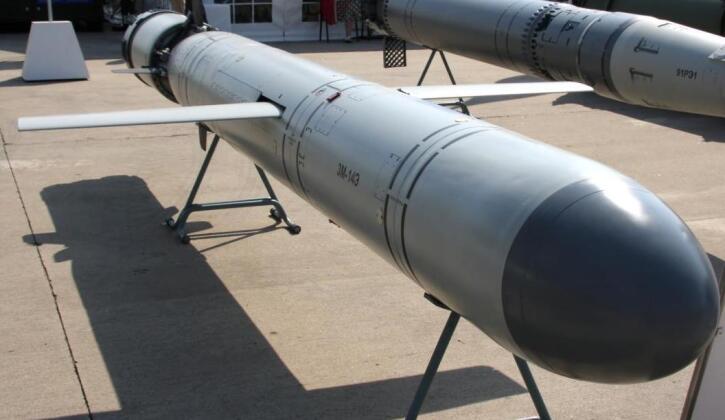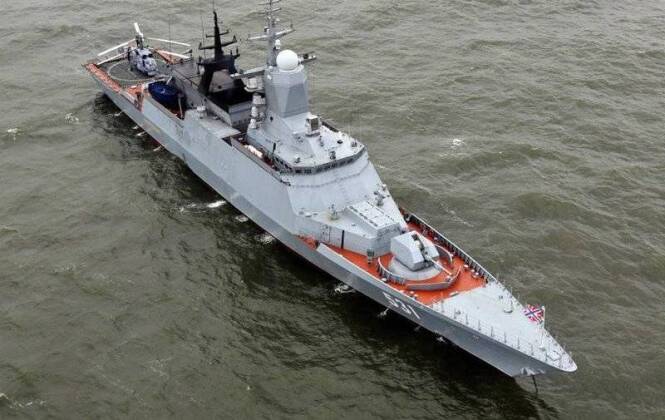The mystery of Algeria’s ISR Gulfstreams
It has been more than two years since a $1.1 billion deal with Raytheon for three intelligence surveillance and reconnaissance (ISR)-configured Gulfstream 550s was signed. Yet, according to sources, little progress has been made on integrating new systems on the business jets.
The contract, brokered by Algerian Forces joint chief of staff, General Ahmed Gaid Saleh, is causing a scandal in Algeria.
Raytheon, or Greenville-based E-Systems which it bought, has in the past supplied similar ISR-configured business jets, like the Sentinel R1 (Global Express) to the UK RAF. Since then it has been looking to gain a bigger foothold in special mission systems integration, and this deal went some way to achieving that.
The three gulfstream G550s that was ordered by the Algerian Air force
Raytheon regards this kind of work as ‘multi-int ISR’. At the Paris Air Show last June, the company’s vice president, business development, Jim Hvizd, said it had generated around $2 billion in special mission aircraft business over the past four years. He wouldn’t add detail, but it would have included the Algerian G550s, and another G550 destined for the US Navy range support at NAWC Point Mugu.
Not being a systems integrator, the US aerospace giant outsourced the Algerian work to US-owned Field Aerospace, based at Will Rogers World Airport in Oklahoma. This is where the three Gulfstream 550s, N543RN c/n 5543, N546RN c/n 5546 and N550RN c/n 5550 (ex N750GA) are all currently housed.
Field’s past work has included the US Air Force’s KC-10 and KC-135, but among its boasts is that of an ISR integrator. However, it appears no work on the integration of Raytheon’s systems on the three Gulfstream 550s has so far been started.
According to our sources, Field Aerospace has realised it is unable to carry out the integration, with several reasons being cited: “There is not enough power being generated on board the aircraft to keep the multi-spectral systems working and, while a bigger generator is required, it has not been delivered.”
The same source continued: “Secondly, modifications to the aircraft’s airframe to accommodate the system will be so cumbersome, and cause so much drag, that the flight management load systems and on-board software needs to be completely re-written.”
Another issue is that, due to US international traffic in arms regulations (ITAR), sensors like the DB-110 tactical dual band day/night reconnaissance system, an exportable version of the U-2’s SYERS system, have to be downgraded “at added cost to the Algerian Air Force.”
Instead of an active electronically scanned array (AESA) radar, the Gulfstreams are going to be fitted with a ‘repackaged recycled version of the old Raytheon HISAR radar called HISAR 3000, with a mechanical steering antenna.
There’s no robust electronic counter measures (ECM) either, just peacetime functions.
The older HISAR system is already operational on the Algerian Air Force’s fleet of Beech 1900s, acquired in the early 2000s.
Algeria also wanted to integrate two L3 Wescam MX-20 electro optical/infrared turrets, which include a laser-designator. But, under the ITAR restrictions, these are banned.
It is unclear if General Saleh is looking to take legal action against Raytheon for not fulfilling the contract. However, it seems he has now turned his attention to Italy’s Leonardo to supply up to six MC-27J Spartans, which is not going down well with key figures in the Air Force Command. “It is not a dedicated ISR aircraft and the concept of operations doesn’t sit well within our aspirations to have an inter-operable system,” commented one source. “It has been to Algeria, but we weren’t impressed and it is untried by any export customers, so why is he now looking at this aircraft rather than a tried-and-tested strategic ISR platform?”
While all this unfolds, Algeria has seen its plans for an integrated strategic and tactical ISR capability unravel. When asked to comment, Raytheon had not responded by the time African Aerospace was going to press.
Meanwhile, neighbour and long-time foe, Morocco, is also looking to procure four strategic ISR platforms, aimed at defeating Algeria’s deadly S-300 surface-to-air missile (SAM) systems and Su-30s multi-role fighters acquired from Russia.





